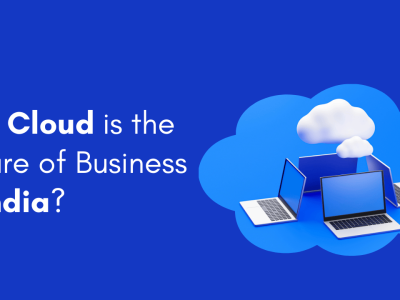Introduction: Why ERP Matters in the Auto Parts Industry
Navigating Complexity in a Fast-Moving Market
The auto parts industry is defined by constant change, evolving regulations, tight margins, and the need for rapid delivery. Managing thousands of SKUs, vendor relationships, and quality compliance requires more than spreadsheets or outdated legacy systems. This is where Microsoft Dynamics 365 Business Central comes into play.
Dynamics 365 Business Central provides an integrated ERP solution tailored for small to mid-sized manufacturers and distributors of automotive components. It helps optimize operations across the supply chain, finance, inventory, and customer service.
Key Challenges Faced by Auto Parts Manufacturers & Distributors
Common Operational Bottlenecks
- Managing complex BOMs (Bills of Materials) and subassemblies
- Lack of visibility into real-time inventory levels
- Manual data entry leading to errors
- Delayed order fulfillment and shipping
- Difficulty in maintaining supplier compliance and certifications
These challenges often result in inefficiencies, missed delivery dates, and increased operational costs.
How Dynamics 365 Business Central Solves Industry Pain Points
Unified Platform for End-to-End Visibility
Business Central brings all departments onto a single, cloud-based platform:
- Finance: Real-time accounting, cash flow forecasting, and cost tracking
- Inventory & Warehouse: Multi-location inventory control with automated reordering
- Production: BOM management, routing, and production scheduling
- Sales & Service: Integrated customer management and order processing
- Procurement: Vendor ratings, lead time tracking, and automated purchasing
This integration ensures that every department works in sync, improving efficiency and reducing costly errors.
Key Features of Dynamics 365 Business Central for Auto Parts Companies
1. Advanced Inventory & Warehouse Management
Track thousands of components, parts, and SKUs across multiple warehouses. Use barcode scanning, serial/lot tracking, and automated replenishment to reduce stockouts and overstocking.
2. Production Planning & BOM Management
Business Central supports complex BOMs and sub-assemblies, enabling accurate costing and scheduling. It also manages work centers, machine times, and labor costs.
3. Real-Time Financial Reporting
Auto-sync financial transactions across departments. Business Central provides powerful insights into revenue, costs, margins, and profitability in real time.
4. Vendor & Supplier Management
Manage multiple vendors, evaluate performance, and streamline RFQs and purchase orders. The system supports approval workflows and integrates with Microsoft Teams and Outlook.
5. Customer Relationship Management
Track customer orders, delivery timelines, and warranty claims. Integrated CRM tools improve after-sales service and boost customer satisfaction.
Benefits of Using Business Central in the Auto Parts Industry
Tangible Gains for Fast-Paced Businesses
- Faster Order Fulfillment with real-time stock availability
- Reduced Operational Costs through automation
- Improved Compliance with traceability and audit trails
- Higher Customer Retention with better service and accuracy
- Scalability to grow with your business without changing systems
Implementation Strategy: Getting Started with Business Central
Step-by-Step Adoption for Auto Parts Companies
- Assess business needs: Identify current pain points and goals
- Choose a Microsoft Dynamics 365 Partner: Select an experienced ERP provider like Vatsin Technology
- Design the solution: Map workflows, modules, and integrations
- Data migration & testing: Ensure accurate movement of financials, inventory, and customer data
- Training & go-live: Empower teams with training and dedicated support
A smooth implementation ensures a quick return on investment and minimal disruption.
Why Choose Dynamics 365 Business Central Over Other ERPs?
Flexibility, Affordability, and Microsoft Ecosystem Advantage
- Seamless integration with Microsoft 365, Power BI, and Teams
- Customizable modules for finance, production, and CRM
- Scalable from 5 to 500+ users
- Lower total cost of ownership than traditional ERPs







